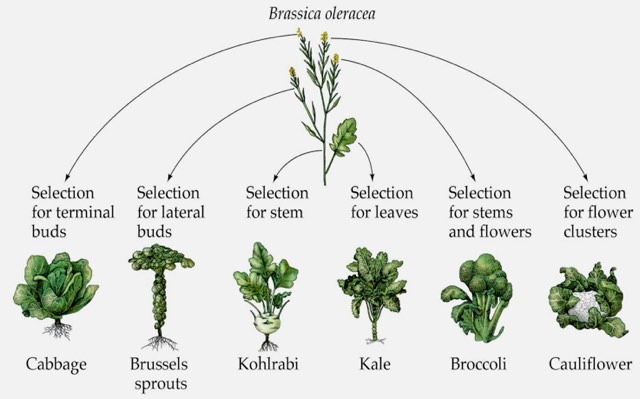
In recent years, kale has surged in popularity, becoming a darling of health food enthusiasts and even making headlines in national news segments. Predictions are even suggesting that kale salads might soon appear on the menus at TGI Friday’s and McDonald’s.
Cabbage, however, tells a different story. Its per capita consumption peaked in the 1920s when Americans ate an average of 22 pounds per year. Today, that number has dropped to around eight pounds, with most cabbage now appearing as cole slaw or sauerkraut.

What’s fascinating is that kale, cabbage, broccoli, Brussels sprouts, cauliflower, collard greens, kohlrabi, and several other vegetables all originate from the same plant species: Brassica oleracea.
How did this come to be? Around 2500 years ago, B. oleracea was a wild plant growing along the coasts of Britain, France, and the Mediterranean. This wild form, known as wild mustard, still exists today.
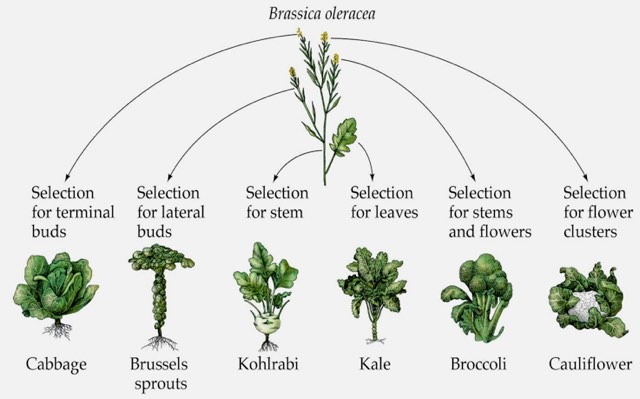
In Ancient Greece and Rome, people began cultivating the plant in their gardens. To increase their yield, they selectively planted seeds from plants that produced more leaves. Over many generations, this artificial selection created a leafy variant of wild mustard resembling modern kale or collard greens.
Later, after the year 1600, farmers focused on developing variants with enlarged leaf buds. This led to the creation of cabbage, with its large heads of tightly rolled leaves.
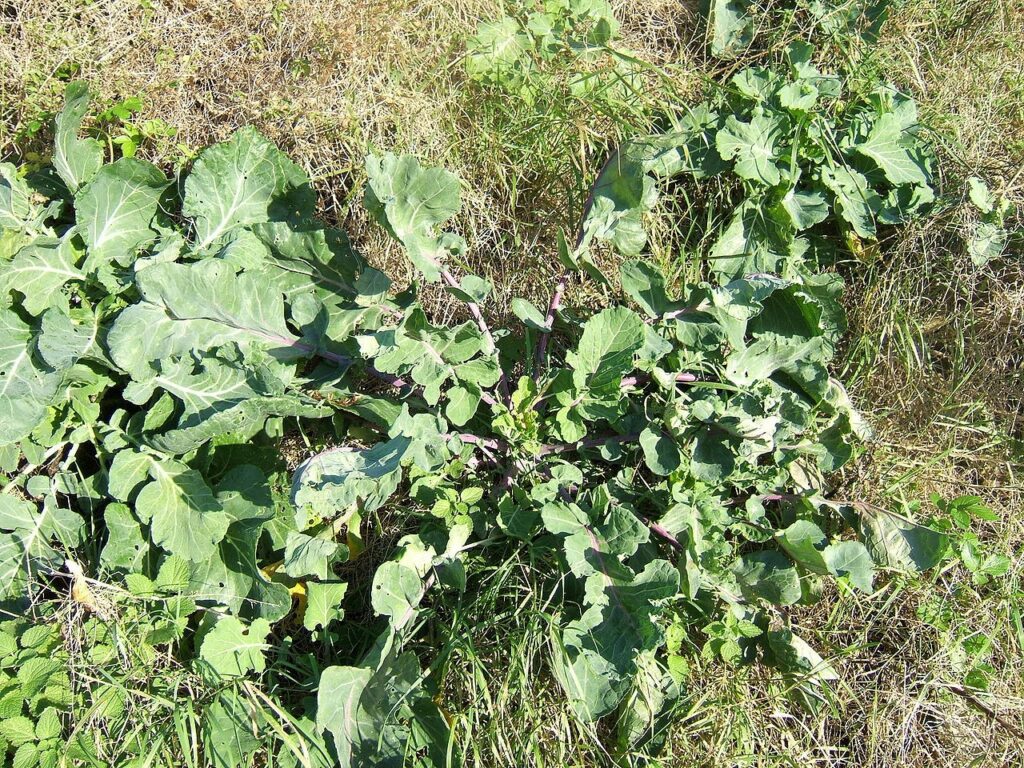
Farmers elsewhere selected for enlarged flowering structures, resulting in broccoli and cauliflower; enlarged stems, creating kohlrabi; and many small heads, producing Brussels sprouts. The trend of selective breeding continues, as evidenced by the 1993 development of broccolini, a hybrid between broccoli and kai-lan (Chinese broccoli).
Despite their common ancestry, these crops are cultivars—varieties bred for specific human needs. While B. oleracea exhibits a remarkable range of appearances and tastes, this diversity stems from its broad geographic origin, providing a rich genetic pool for selective breeding.
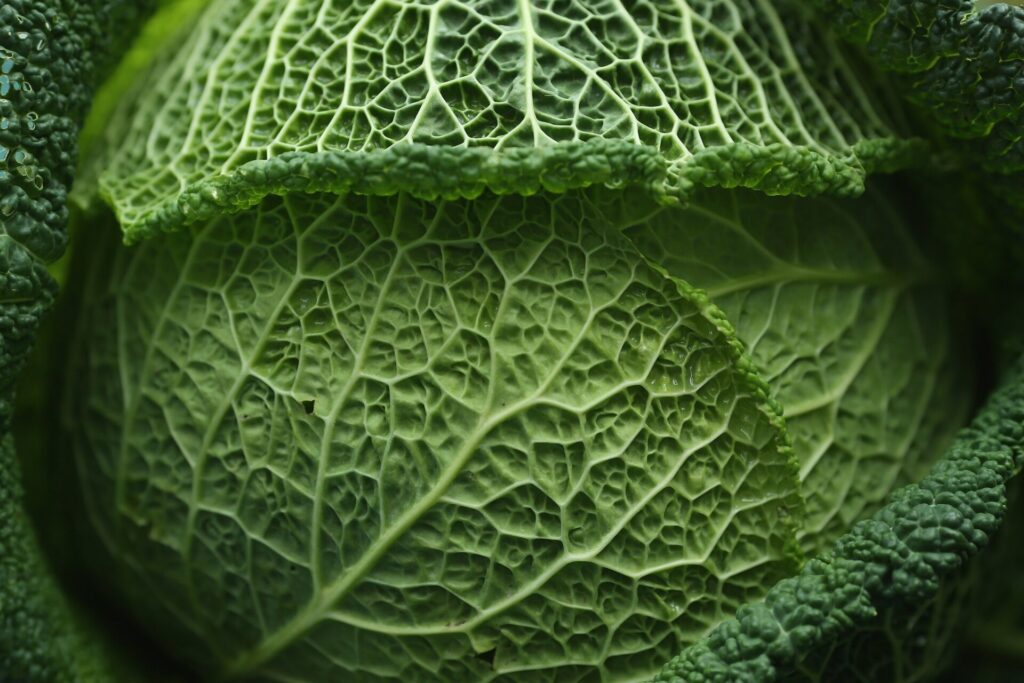
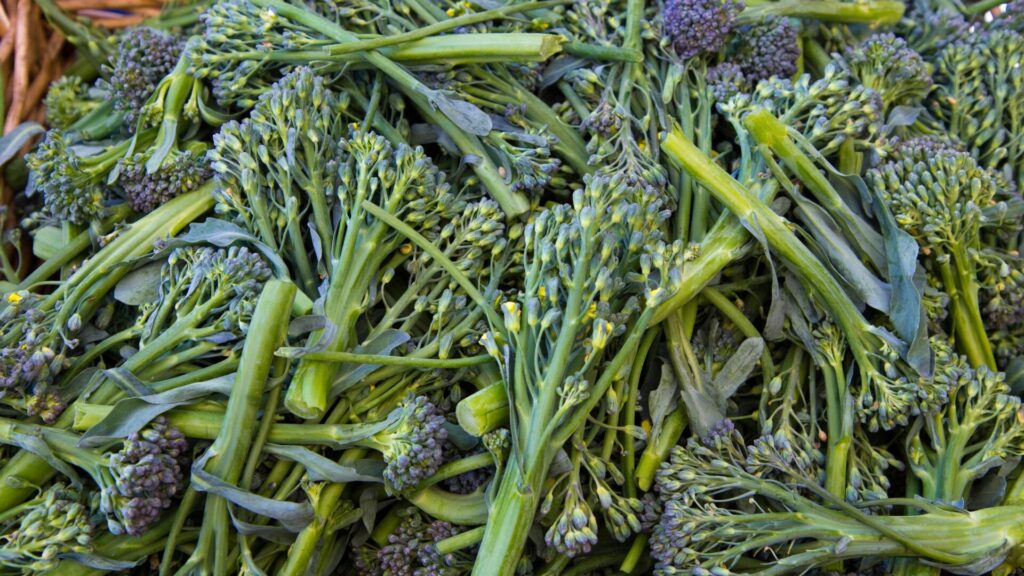
This phenomenon highlights the power of human breeding and artificial selection. Changes that would naturally take thousands of years can be achieved in just a few hundred years under human control, underscoring the extraordinary influence of selective cultivation on plant and animal species alike.

Leave a Reply